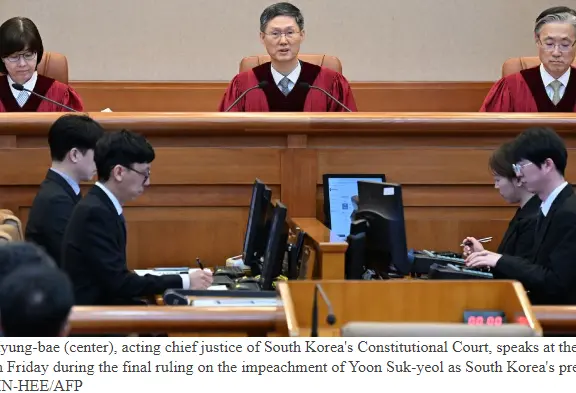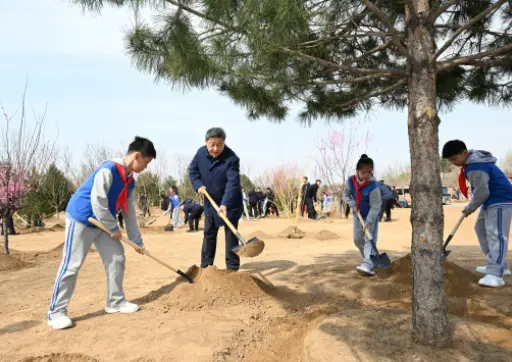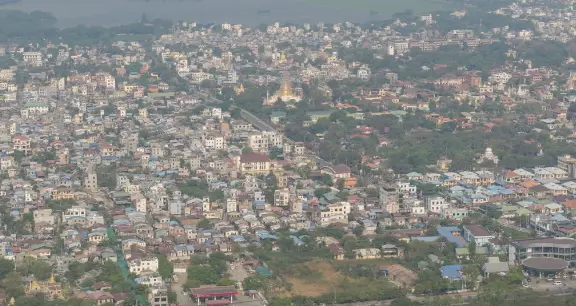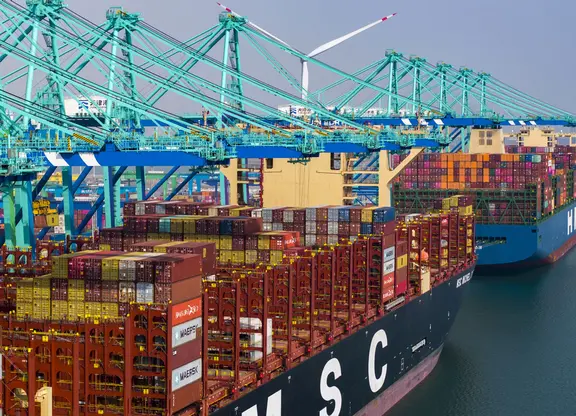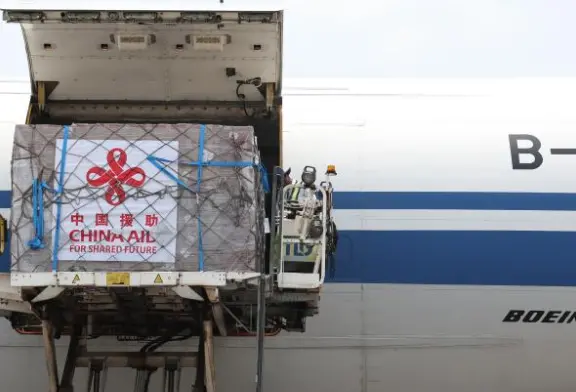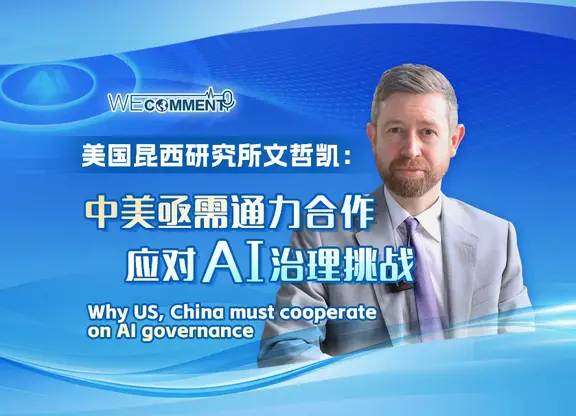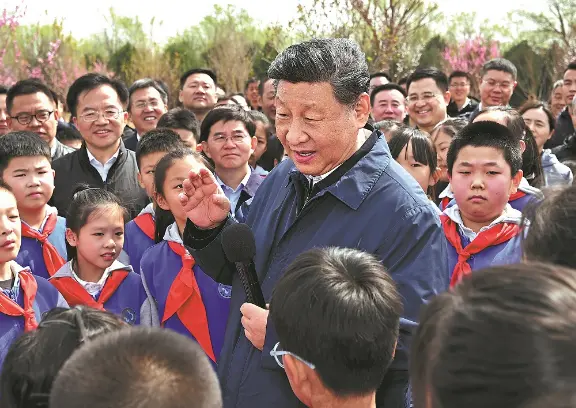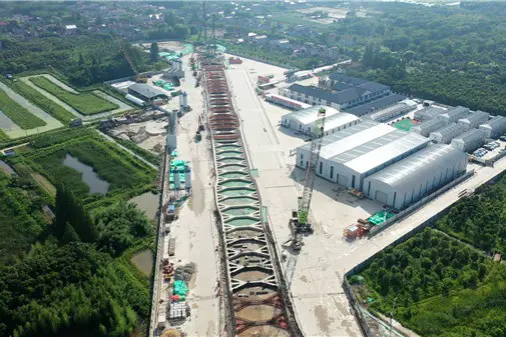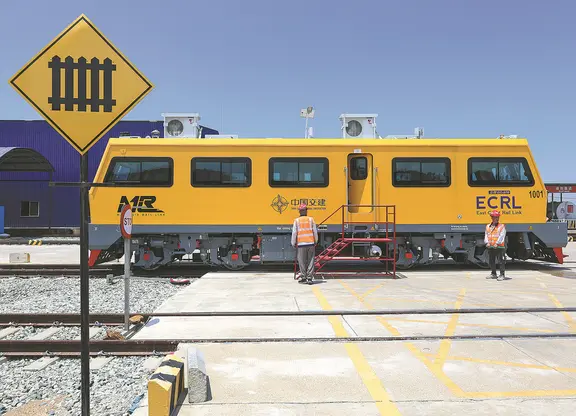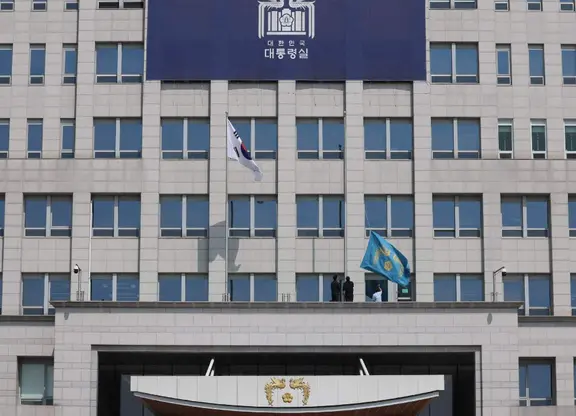"Wanted: lots of male and female workers," reads a banner hanging outside the Zhejiang Hiye Electronics factory in Shaoxing of east China's Zhejiang Province.
"If you introduce me to one worker, you can get 200 yuan (32.79 U.S. dollars)," said Hu Kefei, the company's board chairman.
Offering such finders fees is common around now, the high season for recruitment as factories scrabble to cope with labor shortages left by staff failing to return after Lunar New Year homecomings. This year, however, manning production lines seems to be an even harder task than before.
New official data has confirmed the difficulties, especially for factories in the relatively industrialized east, as more migrant workers are opting for central or western China, where wages are lower but so are living costs.
Meanwhile, many workers are turning to employment in or close by their hometowns rather than working in distant provinces.
Zhang Haomin, a migrant worker from Fuyang in east China's Anhui Province, made such a decision when he left Hangzhou, capital of Zhejiang Province, before the Spring Festival, which fell on Jan. 31 this year.
"My wife and I were earning some 8,000 yuan a month in total. It was relatively high, but the prices in Hangzhou are also high. We can barely save any money through a year's work. After the festival, I will first look for a job near my home before trying other places," Zhang said.
The government data proved a slowdown in the rate at which China's migrant worker numbers are growing.
The country had 269 million such workers in 2013, up 2.4 percent year on year, but the growth rate was 1.5 percentage points lower than in the previous year, said Yang Zhiming of the Ministry of Human Resources and Social Security at a press conference on Thursday.
The figures categorized migrant workers into those employed closer to home and those employed far from home. Among them, 166 million worked far from home, up 1.7 percent year on year, but the growth rate was 1.3 percentage points lower than the previous year.
"The slowdown shows that rural labor is no longer an undepletable pool," Yang said, pointing to the end of an era in which the supply of labor freed from farms seemed to be infinite.
Regional differences are pronounced. The growth rate of migrant workers in the east rose at a very low pace, though the region provided about 60 percent of jobs for migrants, Yang said.
In regional terms, the number of itinerant laborers in the east was 0.2 percent lower in 2013 than in 2012, 9.4 percent up in central China and 3.3 percent up in the west.
Wages in central China and the west are about 10 percent lower than those in the east, but they are attracting migrants due to low prices, and vicinities to homes and families, according to Yang.
According to Yan Hongxia, an official with the Hangzhou recruitment bureau, "Enterprises have been complaining about lacking skilled and unskilled workers since last year. We expect the situation to be worse this year. Our survey found 65 percent of enterprises are having difficulties in getting enough hands on deck."
Employers are having to offer better packages to attract workers.
Li Liang, a Shenyang-based project manager under the China Railway Eighth Civil Engineering Group Corporation, said the daily wage for a skilled worker at one of the corporation's construction site is about 300 yuan, while it was only 100 yuan in 2010.
"We did not cover insurance cost for some workers in the past, but now we are required to pay for every worker's insurance. Meanwhile, the wages have been climbing about 10 percent every year to about 3,500 yuan," said Li Chunfeng, general assistant manager of Shaoxing Jinhui Textile Clothes Co., Ltd..
The monthly income of China's migrant workers averaged 2,609 yuan in 2013, up 13.9 percent year on year, according to the ministry's Yang.
Xiao Xingzhi, a professor with Dongbei University of Finance and Economics, said cities must allow more migrant workers to enjoy equal social security services as the urban ones so they can lead a stable life in the places where they are working.
The government has been highlighting the rights of migrant workers, who have left behind farm toil and even families to work in cities amid the country's industrialization and urbanization of recent decades.
The 18th National Congress of the Communist Party of China (CPC) in 2012 put forward a "new type of urbanization" which says "people come first."
The third plenum of the 18th CPC Central Committee last year incorporated human-centered urbanization into an approved policy, labelling it the core of urbanization.
On Dec. 13, the CPC specified the primary task of human-centered urbanization as helping migrants to register as urban residents, which would give them and their accompanying families the same rights as any other urbanites.
 简体中文
简体中文


